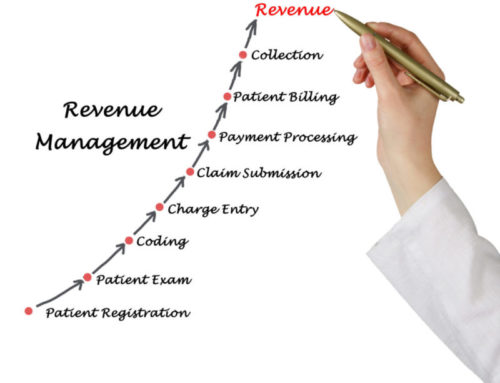Finding all the pieces of a puzzle is sometimes difficult. One thing in healthcare that is clear– coders are a big part of the Revenue Cycle puzzle. After attending the AAPC HealthCon 2018, two concepts are extremely evident: 1. Coders own a critical piece of the revenue cycle puzzle. 2. Coders need to expand their knowledge of revenue cycle operations by engaging in cross departmental discussions that have typically taken place in silos and should be viewed as a strategic resource to help SOLVE the puzzle!
The What: What do they need to know?
Coders’ expanded knowledge is now required to fully understand their role within the revenue cycle. Their job can no longer be that of just silent coding for hours, day in and day out. Rather, there needs to be an educational component of how they fit into the revenue cycle and how their role, which is sometimes overlooked, is an integral part of optimizing reimbursement while ensuring compliance with state, federal and payor coding guidelines.
They need to know the downstream and upstream effects of revenue cycle performance and the journey of the claim. The Charge Description Master (CDM) and Fee Schedules are the back-bone of revenue cycle processes and their maintenance and accuracy can impact the bottom line – positively and negatively. While Computer Assisted Coding (CAC) and “claim scrubbers” tools have been implemented at health systems and physician groups to assist in solving for the shortage of Certified Professional Coders (CPC) within our industry, the reality is coders will continue to play a pivotal role for the foreseeable future. Focus on continued education, cross-training and retention programs.
In either instance, accurate and compliant coding practices drive financial performance by mitigating compliance risk along the way. The government and commercial payers are scrutinizing provider documentation to reduce unnecessary procedures that increase cost of care while ensuring the quality of care continues to rise. Never before has the process of medical coding been so relevant to the performance of the revenue cycle.
The How: What do coders need to do?
- Better understand the Life of a Charge within your health system. You don’t know what you don’t know! The puzzle requires your input.
- Understand how charges are priced and fee schedules are negotiated: they are defensible (how and why it is priced that way); they are consistent (support the charge); and they are documented (show outside constituents how it was priced).
- Continue to educate themselves and expand their knowledge about their organization’s revenue cycle – learning what and why things happen and ways to improve the process.
- Create a Revenue Integrity Program to help reduce denials, drive financial performance and minimize compliance risk. When done properly this program can fund itself… and then some!
- Become involved in continuing education programs. Attend seminars and conferences to learn about the trends of the coding profession.
The ultimate takeaway: Coders need to play a larger role in solving the revenue cycle puzzle. They need to become engrossed in the revenue cycle and truly understand the ins and outs of the process, while fully recognizing that, much like a puzzle piece, they each belong to something much greater than themselves.







